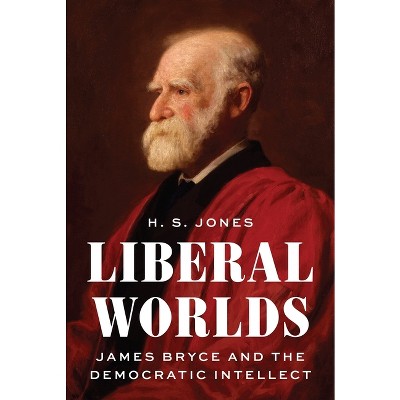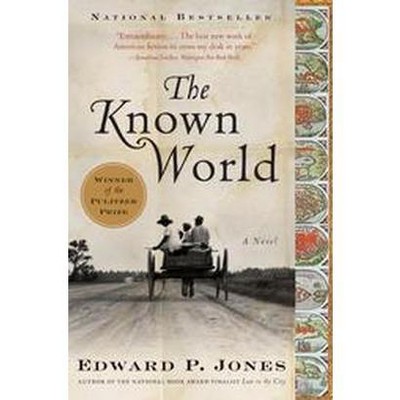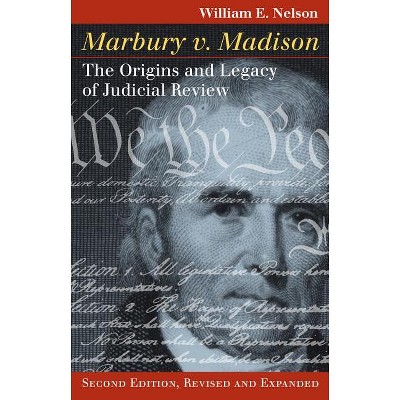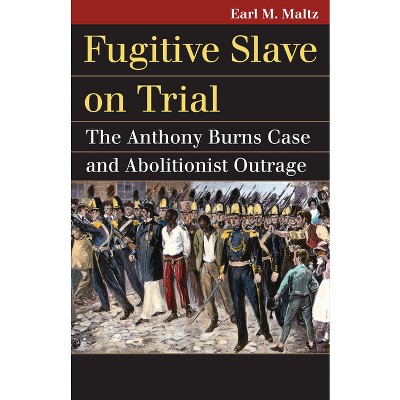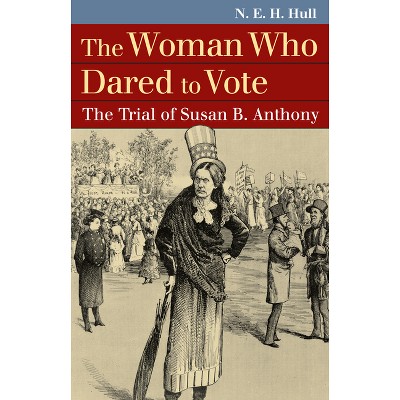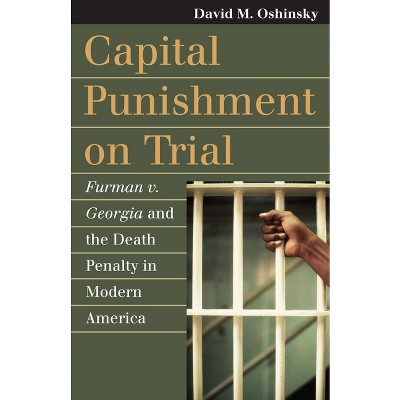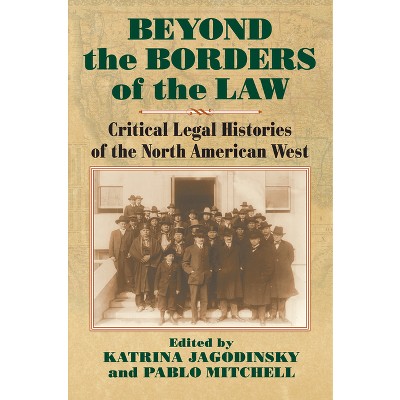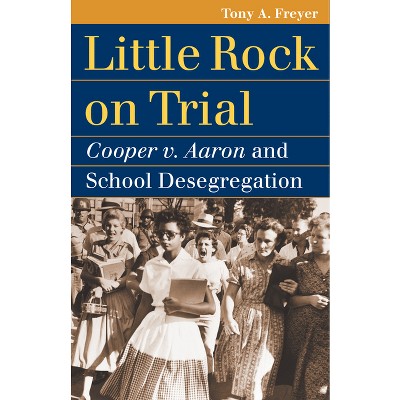Sponsored

Two Forms of Conservatism - by William E Nelson (Hardcover)
In Stock
Sponsored
About this item
Highlights
- The period between 1860 and 1920--inclusive of the Gilded Age and much of the Lochner era in legal history--is typically regarded as the heyday of conservative jurisprudence.
- Author(s): William E Nelson
- 192 Pages
- Freedom + Security / Law Enforcement, Legal History
Description
About the Book
"The latest book by renowned legal historian William Nelson is about American judicial conservatism during the closing decades of the nineteenth century and the opening decades of the twentieth. It examines the subject, however, not by studying all jurisdictions but by focusing in detail on the work of judges in a single jurisdiction-New York-together with a glimpse at the work product of United States Supreme Court justices. Nelson's book challenges the received wisdom that conservative judges, along with much of the legal profession in the decades from 1860 to 1920, were on the side of big business and the rich. He finds another form of conservative jurisprudence on display in New York, where conservative judges reached decisions that were forward-looking and progressive in character with respect to business doctrine"--Book Synopsis
The period between 1860 and 1920--inclusive of the Gilded Age and much of the Lochner era in legal history--is typically regarded as the heyday of conservative jurisprudence. According to this received wisdom, conservative judges and much of the legal profession were on the side of big business and the rich. Judges in this period subscribed to "classical" legal thought, and it was only when this was supplanted by "progressive" legal thought that courts reached decisions critical of business.
Renowned legal historian William E. Nelson seeks to correct this narrative by examining in close detail the work of judges in the single jurisdiction of New York as well as the rulings of U.S. Supreme Court justices. What he finds is another type of conservatism besides the one that favors the rich. Instead, the judges in this period often reached decisions that were critical of business. Many of their accomplishments were forward-looking and progressive in character but conservative for another reason: they rigidly followed precedent, with only occasional exceptions. While some legal realists see the emphasis on precedent as a veneer to hide the judges' policy preferences, Nelson shows that this explanation does not fit the evidence. The judges had no consistent policy preferences, and their decisions favored a wide array of policies.
Two Forms of Conservatism is the work of an expert historian with an eye for detail and a deep understanding of legal thought. He shows that these New York judges, who were quite conservative regarding the law, nevertheless laid the foundation for the liberalism of later political leaders.
Review Quotes
"The book deftly guides the reader through broad areas of legal doctrine, explaining with laudable clarity the legal rules the appellate courts put in place, the way the trial courts exercised their discretion and the reasons they gave for their decisions. [It] summarizes topics ranging from freedom of contract, eminent domain, and labor law, to tort, corporate, and property law, as well as civil procedure and morals legislation."--Journal of the Gilded Age and Progressive Era
"Nelson's book represents the best tradition of legal scholarship: lucid in its prose, subtle in its findings, and relentless in its inquiry. One would expect nothing less from a master of the field working at the height of his powers."--Andrew Porwancher, coauthor of The Prophet of Harvard Law: James Bradley Thayer and His Legal Legacy and John Henry Wigmore and the Rules of Evidence: The Hidden Origins of Modern Law
"Nelson's essay is clear, persuasive, and thorough. The choice of New York State's appellate courts to make the argument about the bifurcated nature of conservative jurisprudence in the 'classical age' is a natural one. The state's courts led in areas of commercial law, domestic relations law, and in the later years of the period Nelson considers, tort law. Masterful."--Peter Hoffer, author of Uncivil Warriors: The Lawyers' Civil War and Rutgers v. Waddington: Alexander Hamilton, the End of the War for Independence, and the Origins of Judicial Review, and coauthor of The Clamor of Lawyers: The American Revolution and Crisis in the Legal Profession


